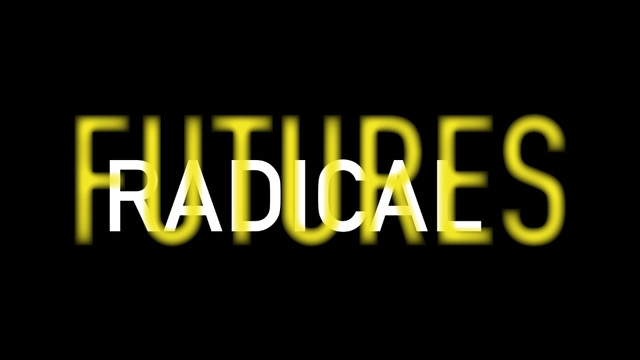Radical Futures, WS20/21
RADICAL FUTURES
What does your future look like?
Some time ago, geologists proclaimed a new earth age, the Anthropocene. An epoch in which decisive changes no longer come from nature, but from humans. He has become the most important factor influencing the biological, geological and atmospheric processes of the Earth. He shapes the world, its surface, its building blocks. He is not content to be the pinnacle of creation, but has made himself the creator. But what will happen next? Will nature be able to protect itself from his influence and adapt to developments? Or will he himself find ways to restore a balance between his actions and his natural environment?
The Department of Textile and Surface Design at weißensee kunsthochschule berlin explored this question by means of Speculative Design. The aim was to envisage a utopian or dystopian future and to develop aesthetic and functional surfaces, materials and concepts for a new, still fictional living world. Concepts such as protection, preservation, transformation, rebellion, and adaptation played a central role in the interrelationship between humans and the environment. The semester project developed into a three-part journey of discovery:
In the first stage, we devoted ourselves to already existing future prognoses and scenarios, among other things with a visit to the
to the FUTURIUM, where the far-reaching transformations of the near future are already being made visible against the backdrop of current developments. The task was to think these perspectives further and to paint them in a personal science fiction-like future scenario.
This formed the foil for the actual design process in the second stage, in which it was examined in more detail how people and nature interact with each other in a new reality and which surfaces, materials and objects play a role here. Functional surfaces were created that show prototypical solutions, for the future, and aesthetic Conversation Pieces that visualize the theme and think ahead. Finding solutions for the future often implied dealing with the scarcity of resources and the need to repair or compensate for already damaged functional relationships.
The last stage was about visualizing the materials and objects. To this end, we worked with the Neue Schule für Fotografie and its students to stage the developed materials, surfaces, and objects in a photographic-futuristic way.
With few exceptions, the entire semester took place in the Corona-conditioned mode of online teaching. It is conceivable that these 'futuristic' conditions of design studies, which hopefully will not become the norm, also contributed to the radicality of the resulting projects.



